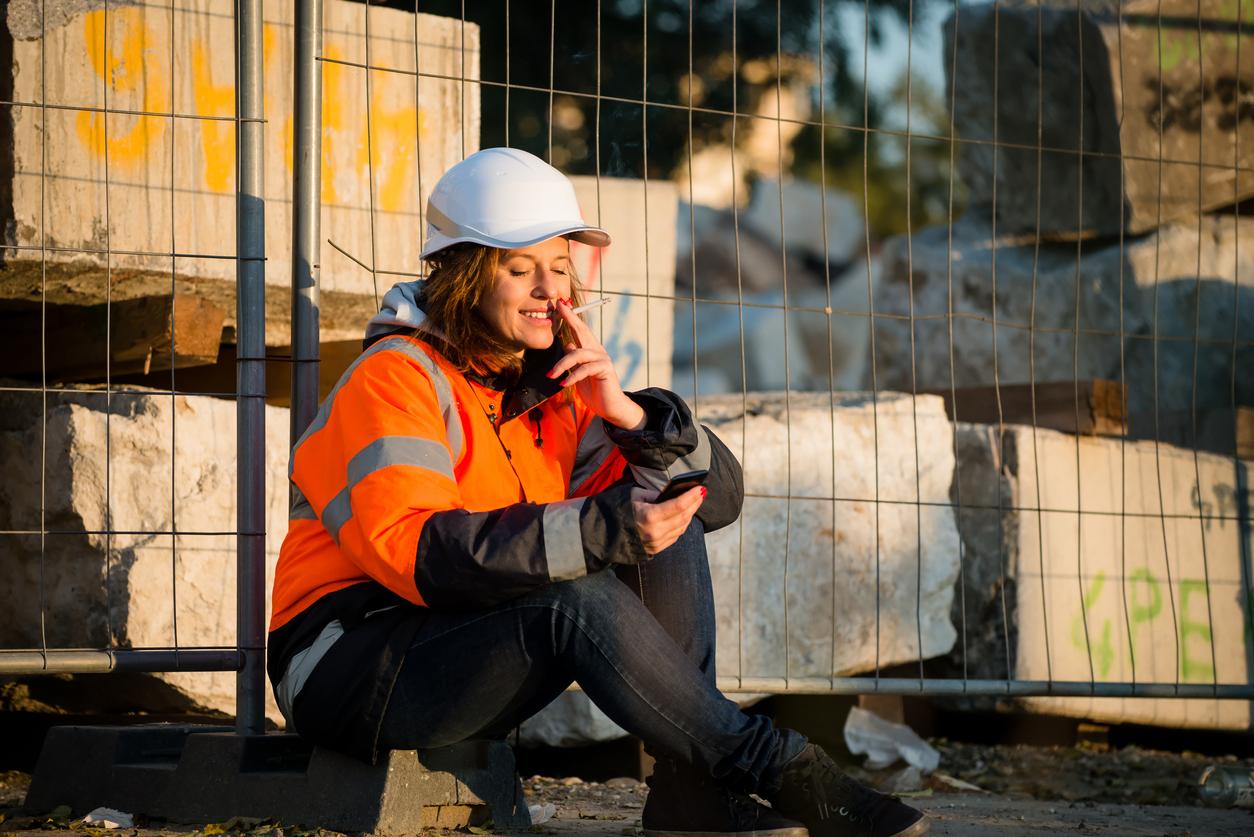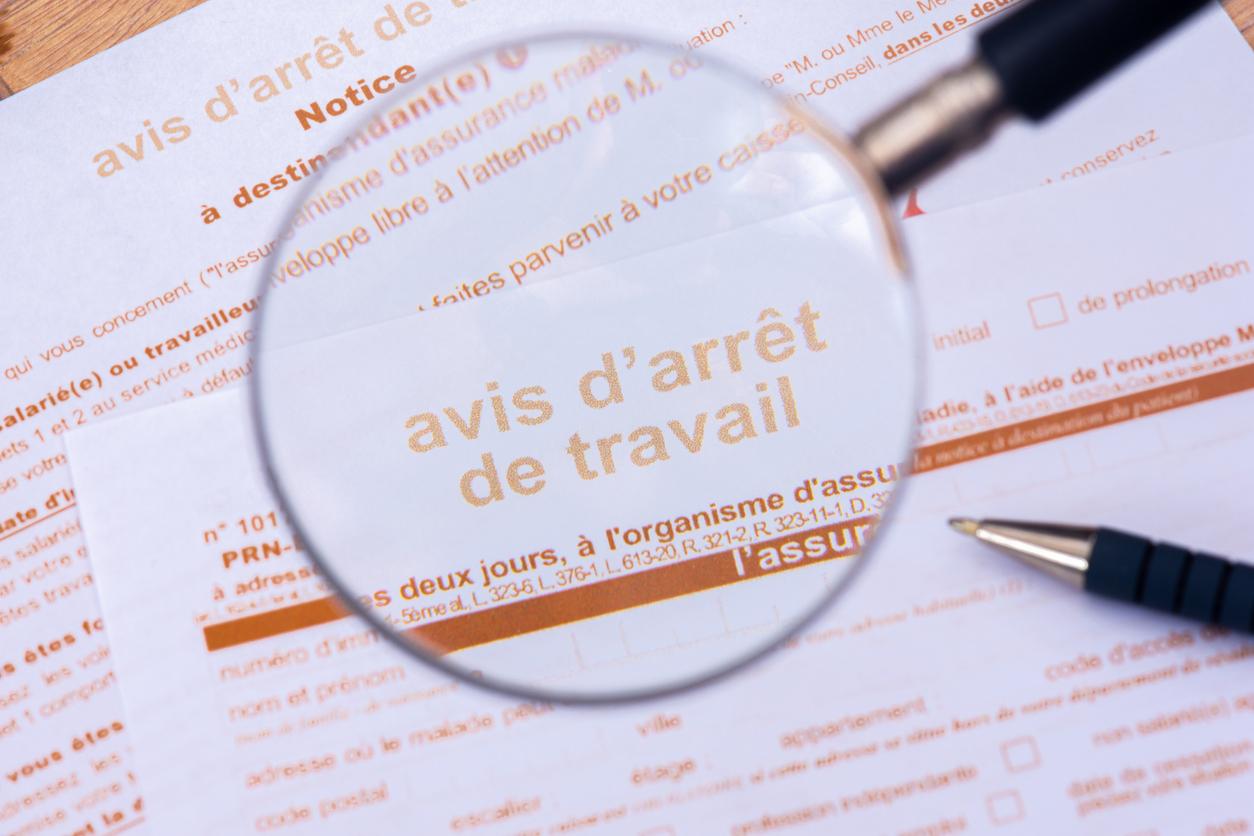In France, amniocentesis is offered in two cases: if the combined screening for trisomy 21 has shown a risk greater than 1/50 or if the non-invasive prenatal screening (new examination reimbursed by Social Security offered to women between 1/1000 and 1/51 risk of having a child with Down’s syndrome). In addition, this examination is recommended for women 38 years of age or older, as the risk of genetic abnormalities in children increases with age. It may also be offered to women who have a history of genetic disease or when a surveillance ultrasound has detected an abnormality. It should be noted that with the development of new screening strategies for trisomy 21 and in particular DNPI, the use of amniocentesis has been steadily decreasing in recent years.
Read also : Amniocentesis in 5 questions
Amniocentesis: when to do it?
When ?
It takes place between the 15th and 17th week of amenorrhea (absence of periods).
How’s it going ?
Amniocentesis is performed in a hospital or maternity ward. Under ultrasound control, the doctor inserts a needle through the mother’s womb to remove 15 to 20 cubic centimeters of the amniotic fluid in which the child is bathed. This liquid is then analyzed in a specialized laboratory. The gesture is impressive but not painful.
How long ?
The exam only lasts a few minutes: you can go home immediately afterwards. On the other hand, it is recommended to rest in the evening and, if possible, the following day.
Risks of miscarriage?
The risks : the possibility of a miscarriage exists but the risk is low, about 1 case in 1000, or 0.1% according to the High Authority of Health
The result ? Allow 2 to 3 weeks to get it. In the event of an anomaly detected, the parents can decide that is to bring the pregnancy to term, or to perform a medical termination of the pregnancy.
How much does it cost ? Amniocentesis is reimbursed at 100% if you are 38 years of age or over, or if the examination is requested for a specific medical reason (assessment following a discovered anomaly), subject to the prior agreement of your insurance fund. sickness.
What about choriocentesis?
There is another test, the trophoblast biopsy (or choriocentesis). This method gives the same information as amniocentesis, but from a sample of the trophoblast or chorion (name of the placenta during the first 3 months of pregnancy). It is possible from the 9th week but the risks of miscarriage are higher (2 per 1000) than for amniocentesis. It is generally reserved for screening for abnormalities in the event of a family history (myopathy, muscoviscidosis, etc.). Advantage over amniocentesis: if an abnormality is detected and the parents decide to terminate the pregnancy, this therapeutic abortion takes place earlier.
Read also:
- Testimonials: I had a baby after 40 years
- What is the risk of my child having Down’s syndrome?















